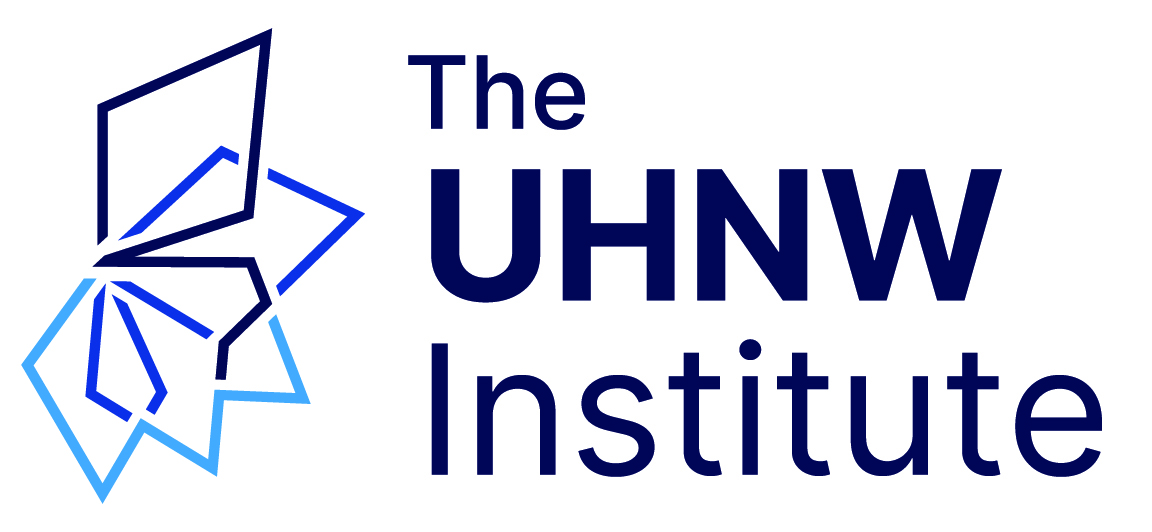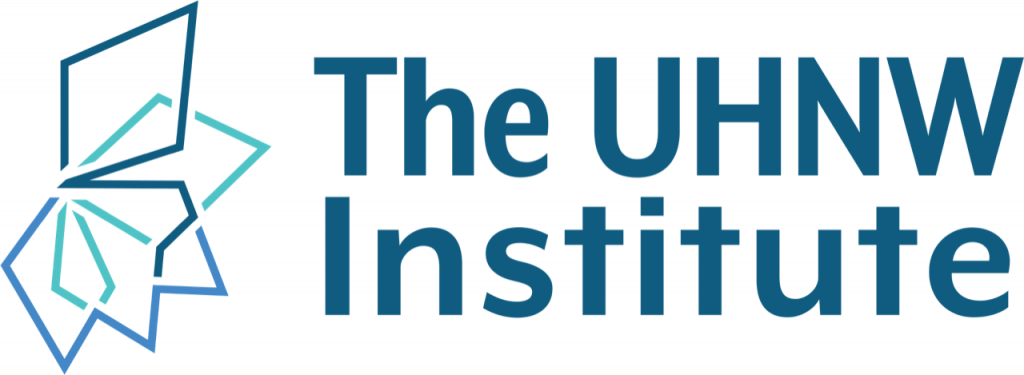Does Your Firm Really Offer Integrated Family Wealth Services?
Imagine a builder who constructs an entire house of perfectly laid bricks, carefully placed windows and doors, and beautiful trim, all capped with an impressive roof. Then, suppose one crucial element is missing – the mortar between the bricks. Without cohesion to tie everything together, the house will eventually fail to serve its inhabitants.
The ultra-high net worth (UHNW) wealth management business has been a story of developing better and better bricks: investment management, financial planning, estate planning and legal services, philanthropy, governance, and areas connected to family dynamics and well-being. Yet, it is the mortar of integrating all these services that ultimately makes the difference for families across generations.
Compare for example the standard “brick oriented” approach many wealth management firms would use with a family’s desire to buy a property adjoining their country home. Capable firms would analyze the ownership, cash flow availability, tax, titling, insurance, and maintenance requirements, among other things. They would confer with whomever they see as the primary client in the family with the right to make the decision, then pull the trigger on the purchase.
Firms with the skills and commitment to ensure long-term family cohesion would devote equal time to the hard work of integration. Does the purchase fit the long-term strategy of the family? Who should really own the property and why – a trust, a certain generation, only some family branches? How will it be addressed in the estate plan to maintain equitable distribution? How will this be handled or even disclosed as a family? Should this be a learning exercise at the next family meeting to educate the rising generation about the complexities of real estate transactions?
“Integration” confusion in today’s market
At the UHNW Institute, a nonprofit think tank devoted to clarifying core issues for families, family offices, and wealth advisory firms, the opportunities and challenges of truly integrated services have bubbled to the surface in recent member events and internal discussions. Integration is one of the most intriguing concepts to capture the attention of firms and families, partly because it can be elusive to define, even as it is widely cited.
Family offices, wealth management firms, private banks, and trust companies increasingly say they’re providing “integrated wealth management” when really they are not. They may have at least a variety of bricks, but too often they’re missing the mortar. They confuse integration with one-stop shopping for some range of services. Because a firm offers advice from an attorney, an accountant, a philanthropic planner, some investment advisors or managers, and a relationship manager with a few workshops in family dynamics doesn’t mean that the firm has integrated services.
These specialists may even all be in the same office, but they’re not necessarily collaborating well and providing integrated management on behalf of the client. As major multidisciplinary healthcare systems like the Mayo Clinic say: “co-location is not integration.” Having multiple advisors around the table or just a Zoom call away doesn’t mean that there is a central strategy and integrated process for the family, nor a point person with the skillset to move issues forward successfully.
It can also be difficult for advisors to put egos aside, think beyond their own discipline, or collaborate well as a team with only the client’s interests in mind. Too often, participants are more devoted to their own advice and billable hours than to working together toward a common goal.
Four levels of service delivery integration
The Institute has been actively working on defining what integration means and looks like in practice. We have been examining four levels of service integration present in the current environment:
Siloed providers, with little to no integration: Many providers at the UHNW level are essentially mono-line siloed professionals who are happiest focusing on their own area of expertise, coordinating with others as independent providers when needed. Some may present themselves as able to integrate their services or advice with others, but they essentially identify as professional experts who contribute their expertise largely when asked. Those with good team skills know how to collaborate, but a consortium of collaborating independent professionals does not add up to true integration.
Integrated financial management: Many firms advertise that they do “integrated financial management,” which translates to some combination of financial planning, tax planning, portfolio design, investment management, retirement planning, and perhaps insurance planning. These are natural elements to incorporate within one firm for UHNW families. It is an advancement over a family’s having to play the quarterback role themselves with a multitude of independent advisors. But these services are focused on the money, not the family.
Integrated wealth management: With the advent of the multifamily office (MFO) model in the early 2000s, more services came under one roof to manage a family’s broad needs. Many MFOs built teams with skills not only in financial categories but in other important components such as estate planning and legal matters, risk management, administration and consolidated reporting, and perhaps philanthropic planning. Relationship managers began to serve as the quarterbacks for these services, relieving the family of the burden. In doing so, families were sold the concept of the “trusted advisor” who would monitor and implement coordinated services – the genesis of integration. This has become the prevailing model which many genuine MFOs and a multitude of aspiring “family office” providers now say they deliver.
Although a laudable step up from coordinating just the family’s money, “integrated wealth management” still leaves many questions and tasks unanswered. What about the many other domains that multigenerational families of wealth have – complex decision-making, leadership and transition planning, family dynamics, health and wellbeing, and development of the family to receive and handle wealth across generations? (1) Can a single advisor within an MFO truly serve as the proverbial trusted advisor in today’s world? Can any single firm, regardless of its size and structure, attract and retain top talent in all relevant domains?
We are now seeing movement toward a new model: the “trusted team” where a family can consistently get the benefit of embedded collaborative talent, under one roof, acting with singular focus. The jockeying-for-position that often undercuts the “trusted advisor” model may be supplanted by a process that more clearly values leadership and accountability to the family.
Family wealth integration: Some well-run single-family offices and a few leading-edge MFOs have cracked the code on being the mortar that keeps all the bricks together, either completely in-house or with the close collaboration of high-quality outside providers. They see their mission as serving multiple domains of a family’s needs with a strong family/advisory team relationship at its core.
The team’s knowledge base must be robust and constantly expanding, organizational skills must be inclusive, cross-disciplinary expertise must be shared, and execution must aim to be flawless. The various disciplines serving a family are combined into a cohesive unit; the whole becomes greater than the sum of the parts. This level of execution has generally been achieved and maintained over time by only extremely well-established and well-resourced true family offices.
The advantages to clients are significant. In the family real-estate example described above, the short-term planning can be adequate, ticking the necessary transactional boxes. But hidden risks include having to undo or redo the process when objections occur, new information surfaces, or the transaction turns out to be arbitrary or self-serving for some family members. Integrated conversations may also stimulate fresh thinking – the utility of buying more property than originally envisioned, perhaps, or turning it into a local community property with social impact. The opportunity is to delight clients while avoiding the splintered services that frustrate clients.
Solving the integration puzzle
The Institute is now actively exploring how to achieve family wealth integration given the many staffing, business model, regulatory, pricing, and organizational challenges that exist. Listening to Institute members and through our own experience, we’ve identified a growing list of what holds firms back from delivering integrated services. Here are just a few:
— Pricing, compensation, and business models that struggle to support the time and indirect activities of team collaboration. This requires careful attention to maintaining profitability in the face of service demands from families of widely varying complexity;
— Scarcity of professional talent with the experience and skills to act collaboratively rather than being driven by traditional demands for business development, asset gathering, competitive service, and showcasing personal expertise;
— Lack of clarity in documenting and communicating the benefits of integration to hard-driving entrepreneurial clients who may not understand or want to pay for it;
— Regulatory and compliance demands that drain resources and often erect walls between professions and firms instead of breaking them down; and
— Technology that supports siloed services rather than aggregating and integrating information for both clients and advisors alike.
What is the goal?
It is important for each firm to find its sweet spot in the integration hierarchy. Not every advisor, family office or wealth management firm can or should reach for full integration due to the costs, complexity, and continuous improvement required. Firms must be honest about their staffing skills and breadth, their willingness to compensate great collaborators in a competitive marketplace, and their capacity to deliver a full menu of services for discerning client families. Rather, each firm should be honest about what it can do well and be ready to explain this accurately to prospects and clients in transparent, clear terms. If the Institute is successful in educating and empowering client families, they will soon know the difference.
For firms willing to invest the time, money, and energy, the Institute urges wealth management professionals to strive for the highest level of integration, a process that takes into account all the domains of family wealth. In the years ahead, sophisticated clients will increasingly expect firms to provide full family wealth integration – both the bricks and the mortar.
Footnote: 1, See The Ten Domains of Family Wealth model developed by The UHNW Institute: www.uhnwinstitute.org/resource-library for further information.
About the authors
Co-author James Grubman PhD, who is a member of the Institute’s board of directors and content and curriculum chair, is a consultant in independent practice at Family Wealth Consulting in Boston, MA, USA.
Co-author Tom McCullough, who is a member of the Institute’s board of directors and faculty, is Chairman and CEO of Northwood Family Office in Toronto, ON, Canada.

